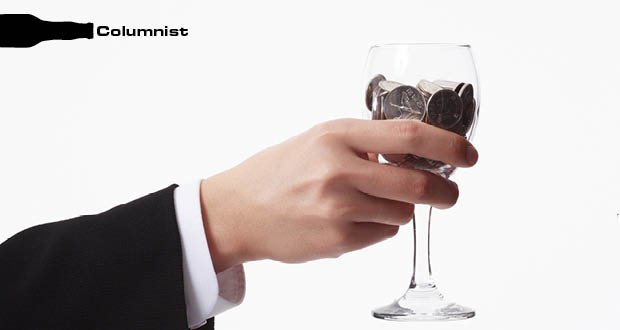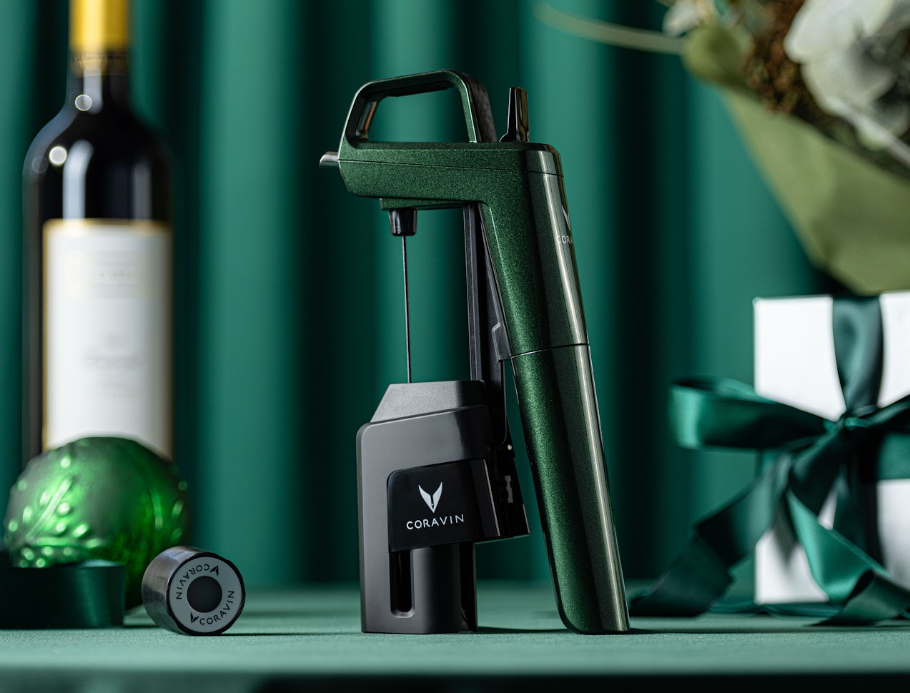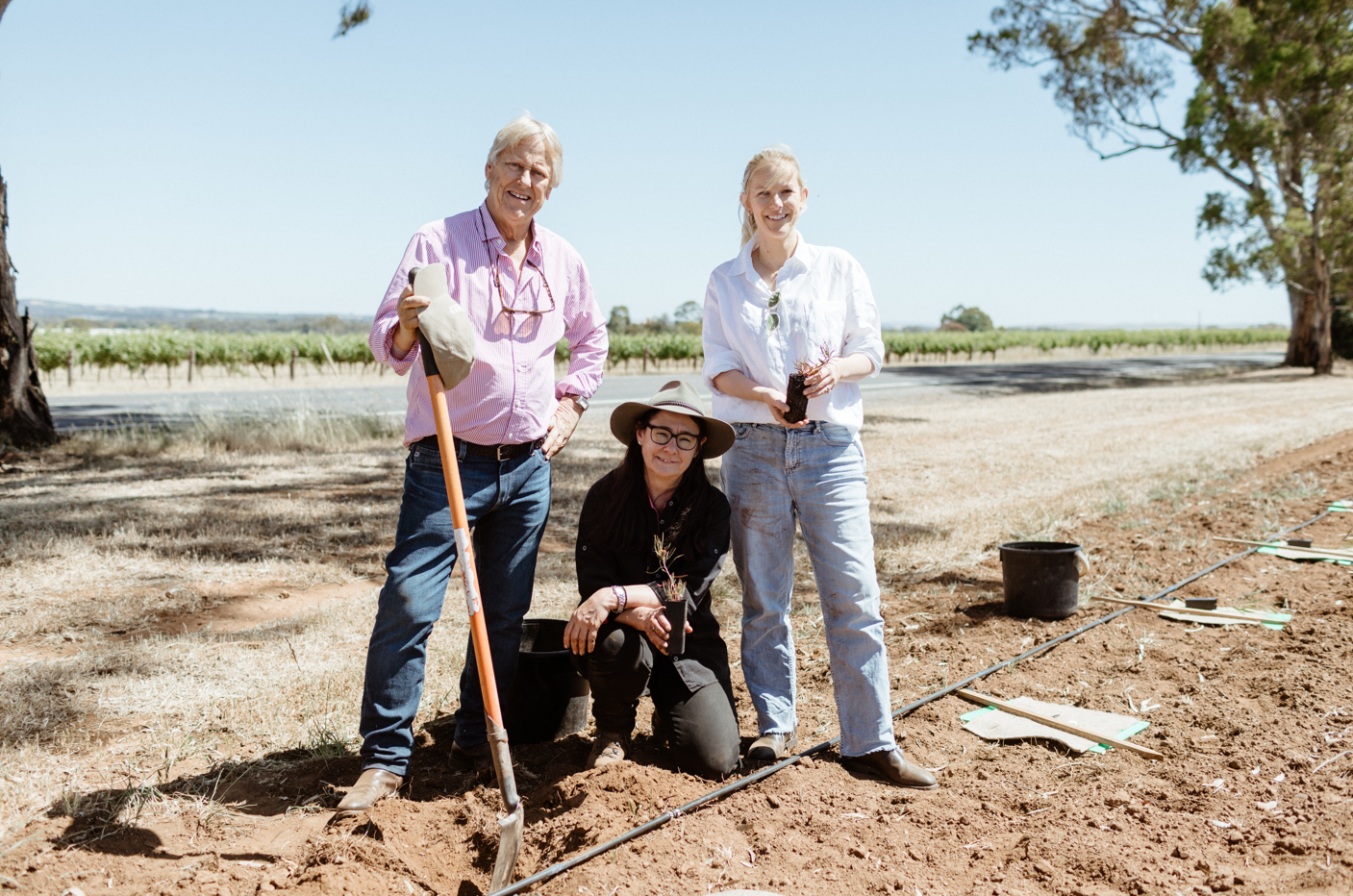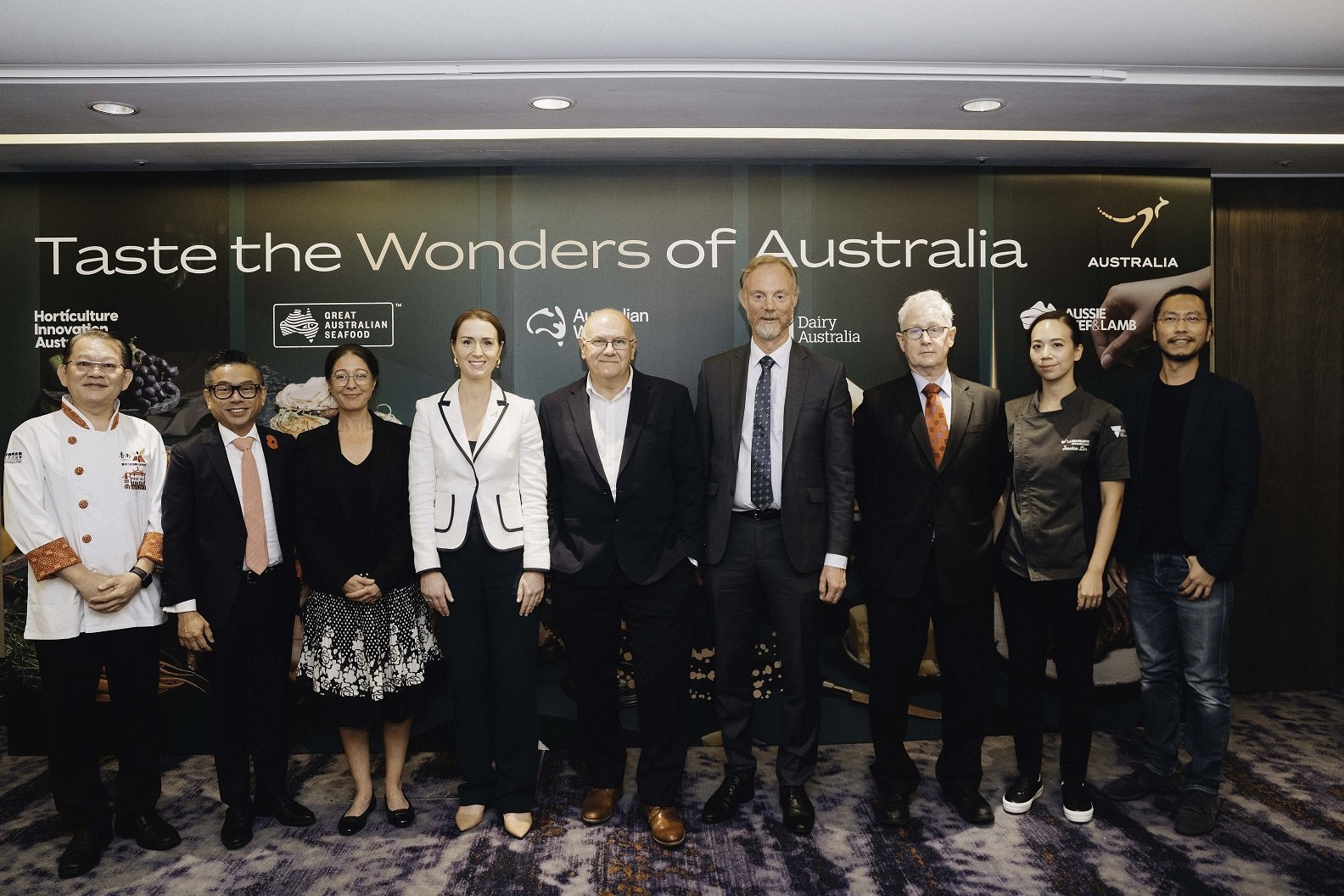When the goods and services tax was introduced to the Australian tax landscape in 2000, there was a lot of angst about the negative effect on the cost of living that this blanket 10 per cent impost would have.
A glimmer of consolation was that pulling a cork out of a wine bottle might hopefully be a lot cheaper as GST would also see the abolition of a raft of other taxes, including wholesale sales tax on wine, which was 41 per cent.
But it wasn’t to be (which just gave us another excuse to pull that cork). At the same time as GST was introduced, the Government came up with its “wine equalization” tax, which spiked such nectars with a 29 per cent loading at the wholesale end, and naturally that translates to the bottle shop as well.
Wine Equalisation Tax (WET) applies to grape wine, grape wine products, alcoholic drinks made from cider and mead and other fruit and vegetable wines, as long as they have at least 1.15% ABV.
WET is a once-only, self-assessing tax on the value of wine for consumption in Australia. WET affects wine manufacturers, wholesalers and importers. It is levied at the wholesale end of the supply chain. WET is paid on the last wholesale transaction before the retailer. So the WET element becomes part of the retailer’s cost base and is passed on to the end consumer. Unlike GST, the retailer gets no entitlement to an input tax credit for WET paid – it is simply part of their purchase cost.
If a retailer does make a “wholesale” sale (that is, sells wine to a reseller), they may be liable to pay WET, but would qualify for an input tax credit for WET already paid in buying that wine (so that there is no double taxation on the same product). Exports of wine that are GST -free exports are not subject to WET.
Wine tax amounts payable are reported to the ATO on a business’ activity statements, and WET credits are claimed on the BAS as well. Here is a WET calculation worksheet from the ATO to help.
Share the content










